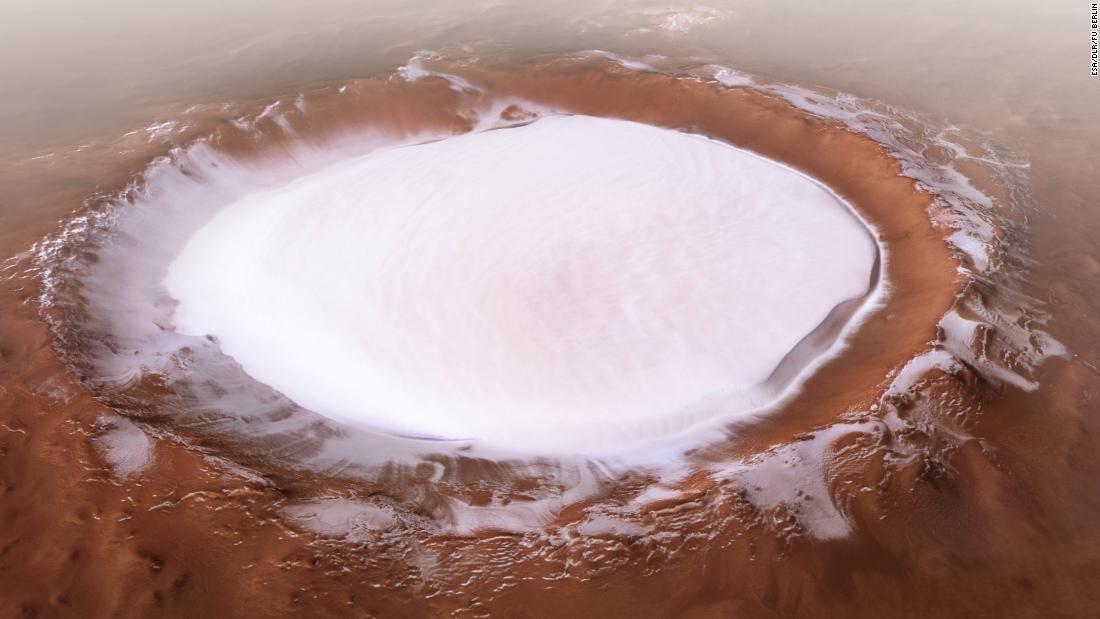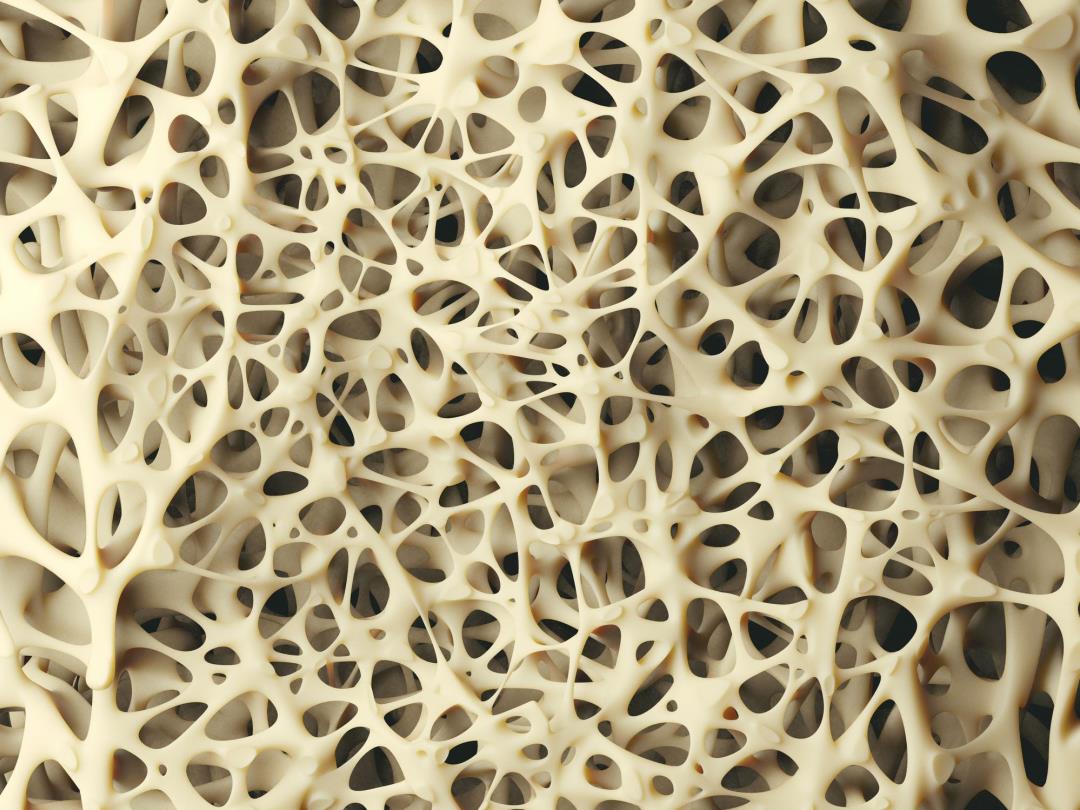A new analysis of glaciers on Mars reveals that the red planet has experienced between six and 20 separate ice ages over the past 300 to 800 million years.
During the last ice age on Earth 20,000 years ago, our planet was covered with glaciers. Then those glaciers retreated to the poles. Leaving the rocks behind as a guide, these glaciers dropped them as they scraped and carved tracks as they moved to the poles.
On the other hand, the Martian glaciers have not left. They have been frozen to the surface of the planet, which has an average temperature of minus 81 degrees Fahrenheit, for more than 300 million years – they have just been covered in debris.
“All the rocks and sand carried on this ice remained on the surface,” said study author Joe Levy, a planetary geologist and assistant professor of geology at Colgate University, in a statement. “It’s like putting ice in a cooler under all that sediment.”
Glaciers on the surface of Mars have long been a mystery to geologists who have attempted to determine whether a long ice age on Mars caused its formation or whether it formed during multiple ice ages spanning millions of years.
A study of rocks on the surface of glaciers can answer this question. Levy determined that since the rocks eroded over time, the discovery of rocks that turned from larger to smaller sizes at the bottom of the cliffs indicated a single ice age.
Since it is not yet possible to visit Mars and study its surface in person, Levy and 10 students at Colgate University in New York State used images of 45 glaciers taken by NASA’s Mars Exploration Orbiter.
The high resolution of the images allowed the researchers to enumerate the rocks and determine their size. Levy said zooming into orbit allows the team to “see things the size of the dinner table” on the surface of Mars.
In total, researchers counted and measured 60,000 rocks. The AI would have reduced some of the work that took two summers to complete, but the AI cannot distinguish between rocks and the surface of the glacier.
“We did some kind of virtual fieldwork, going up and down these glaciers and mapping rocks,” Levy said.
Instead of a fixed arrangement of rocks that differ in size, the researchers observed an unexpected randomness.
“Actually, the rocks were telling a different story,” Levy said. “It wasn’t their size that mattered, but how they were grouped or agglomerated.”
The rocks were actually moving in the glaciers, not out of them, so the rocks were not eroded.
But it was visible in rings of debris on the surface of the glaciers. These rings help define the characteristic flows of ice that formed during the different ice ages.
Ice ages occur when the planet’s axis tilt, known as the eccentricity, so these distinct ice ages formed separately to reflect the times when Mars essentially wobbled along its axis.
This sheds some light on the Martian climate and how it has changed.
“There are really good models for the parameters of Mars’ orbit over the past 20 million years,” Levy said. “Then the models tend to get messy.”
The team’s results indicated that Mars had experienced multiple ice ages.
“This paper is the first geological evidence of what Mars’ orbit and its deflection might do for hundreds of millions of years,” said Levy. “These glaciers are tiny time capsules, capturing snapshots of what was orbiting in the Martian atmosphere. Now we know we have access to hundreds of millions of years of Mars history without having to search deep into the Earth’s crust – we can just take a stroll along the surface.” “.
The content of these glaciers could include evidence of life that may have existed on Mars.
“If there were any biomarkers blowing around, they’d get trapped in the ice, too,” Levy said.
The discovery of rocky bands inside glaciers is also useful information for astronauts who might one day land on Mars and prospect in glaciers to use water ice.
Researchers will continue mapping glaciers on Mars in the hope of learning more about the planet’s past and whether life has ever existed in its history.
“There is a lot of work to be done to find out the details of the history of Mars’ climate, including when and where it was warm and humid enough to have brine and liquid water,” said Levy.

“Appassionato pioniere della birra. Alcolico inguaribile. Geek del bacon. Drogato generale del web.”







